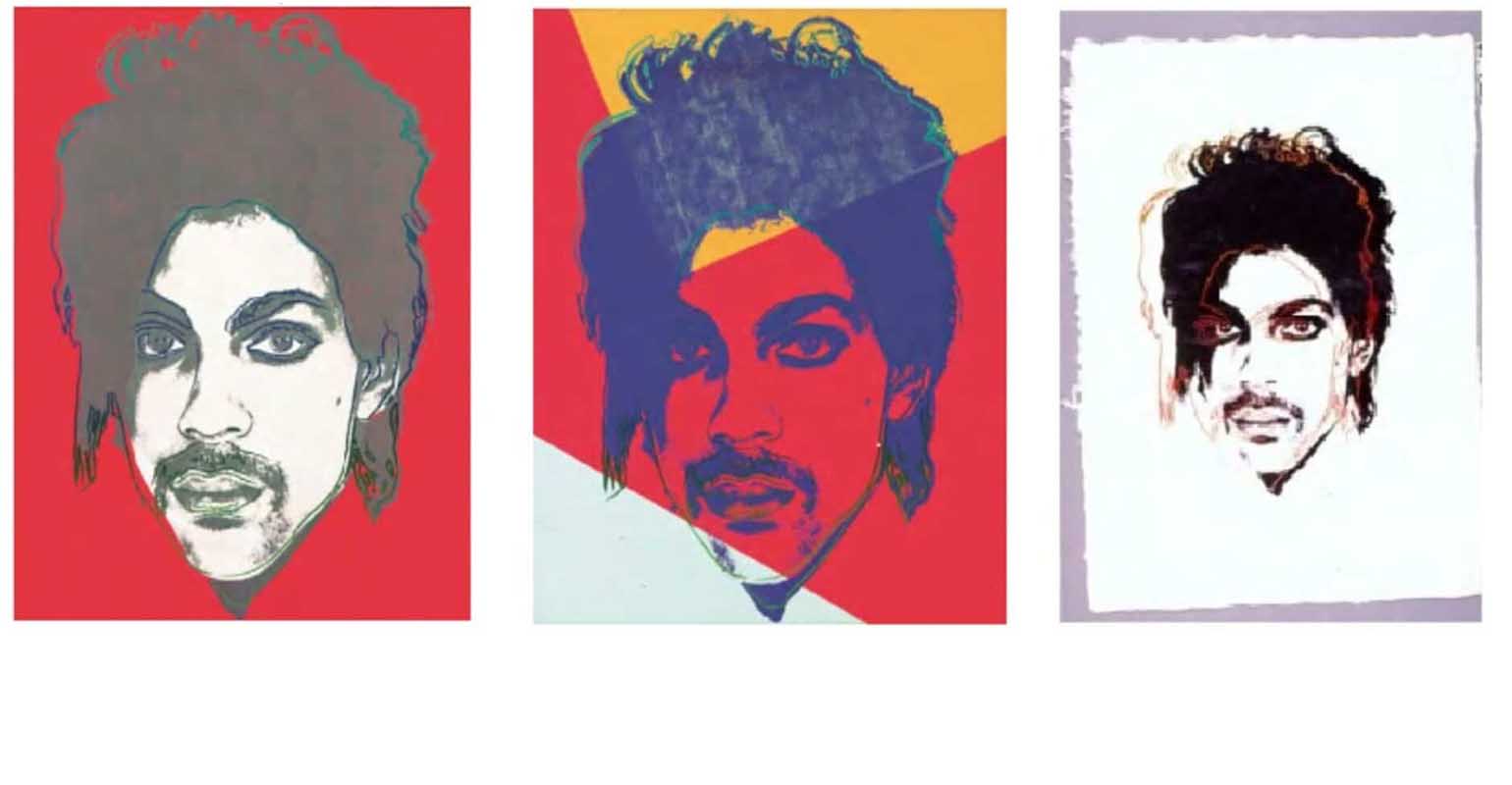The Andy Warhol copyright infringement case has lastly come to an in depth, almost a 12 months after the U.S. Supreme Courtroom dominated {that a} Warhol portrait violated a copyright on Lynn Goldsmith’s unique {photograph} of the late musician Prince. Warhol’s property has agreed to pay $21,000 to Goldsmith to finish the dispute, with $10,250 to cowl the 2016 license of her {photograph} and the remaining towards her authorized charges.
Case Historical past
The procedural historical past of the case dates again to 1984, when Self-importance Truthful paid $400 to license a photograph of Prince, taken by Goldsmith in 1981, and commissioned Warhol to create a portrait of Prince utilizing Goldsmith’s photograph as a reference. Goldsmith contends she was unaware that Warhol would use the picture for that goal and that he went on to make different artworks, not commissioned by Self-importance Truthful, primarily based on the photograph.
Goldsmith grew to become conscious of Warhol’s work in Might 2016, when, following Prince’s dying, Conde Nast licensed a print from the Prince Sequence, titled “Orange Prince,” for the quilt of one in all its publications.
After Goldsmith registered her photograph with the U.S. Copyright Workplace, the Andy Warhol Basis slammed her with a go well with for a declaratory judgment of noninfringement or, within the various, honest use. Goldsmith countersued for infringement.
The Supreme Courtroom case solely centered on Conde Nast’s licensing of Prince’s photograph and didn’t rule on the remainder of the works in Warhol’s Prince Sequence. Goldsmith has said that the statute of limitation for these claims has expired and; subsequently, she wouldn’t be shifting ahead with any authorized motion. The Warhol property nonetheless maintains that the unique portrait collection was honest use.
In a 7-2 choice, the Courtroom held for Goldsmith, discovering that commercialism outweighs any “new expression, which means, or message” or distinct goal of character of the Warhol work on this case. It additionally discovered that honest use wasn’t a protection right here as a result of the work in query serves the identical business goal as Goldsmith’s unique photograph, to license a picture to be used in {a magazine}.
Though the bulk has been praised for bringing some readability to the transformative issue within the honest use evaluation, discovering that the main focus ought to be on whether or not the use of the content material is transformative slightly than the content material itself, fair-use instances are so fact-specific that it stays to be seen whether or not the case may have far-reaching implications for artists and the artwork group.
“In my wheelhouse, the music trade, latest instances have centered on increasing what might or might not be thought of copyright infringement and/or honest use,” opines Harvey I. Bezozi, a tax knowledgeable primarily based in Boca Raton, Fla.
“Now, extra of a microscopic, non-creative method is taken issues like a tune’s melody, lyrics and association, and different nuances like genres, notes, beats, rhythms, rhymes, hooks, riffs, passages, phrases, feels, sounds, grooves, vibes, tunes and bridges.”
“It’s vitally essential to retain savvy authorized counsel at deal inception to supply revenue sharing, indemnification and all different applicable authorized protecting measures to make sure a cheerful journey,” he provides.
Monetary Burden
Goldsmith has revealed that pursuing this lawsuit was financially damaging for her and that the prices of litigation have been over $2.5 million, requiring her to promote her dwelling in Aspen, Colo. She even began a GoFundMe and negotiated along with her attorneys to work for no payment. In line with her Instagram, Goldsmith wrote “If my authorized prices are ever reimbursed from donations, that cash will go to beginning a authorized fund for others who discover themselves within the place of getting to guard their work.”
Regardless of the mind-boggling monetary burden. Goldsmith maintains that the battle was price it to face as much as rich people and foundations and shield the rights of photographers.

